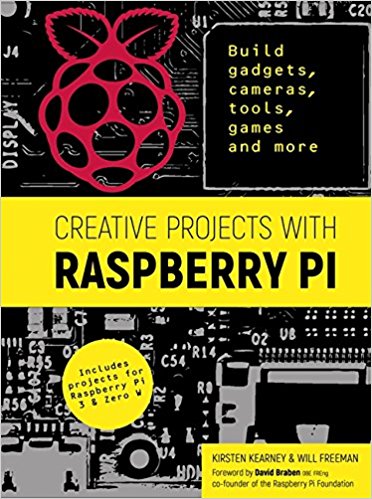
The ‘Easy Steps’ books are well known for their excellent layout, clear and concise text and easy-to-follow instructions. It’s a format that ensures this Raspberry Pi in Easy Steps book is a great choice for anyone beginning their Raspberry Pi journey.
Inside author Mike McGrath kicks off with a basic introduction to the Pi. You’ll become familiar with the board’s components, the startup and login process, the graphical desktop and the underlying file system. An overview of the Linux command line completes this section.
The rest of the book is devoted to writing code. As a gentle start it begins with the Scratch language, where you’ll snap-together various blocks to build event-based animations using its stage, sprites, costumes and sounds.
All the remaining sections focus on the far more flexible Python language. Topics include the Python command-line interpreter, data structures (lists, tuples, sets and dictionaries), loops, functions, modules and file I/O. Then it moves on to building simple games with the pygame module and creating tkinter GUI apps. Lastly, there’s a short introduction to interfacing with the Pi board's GPIO pins.
In summary this book is an excellent introduction to Raspberry Pi coding. Follow the steps all the way through and you’ll be in a position to tackle a wide range of Python coding projects. And remember, the Python language is also available for Windows, macOS and most other Linux platforms.
